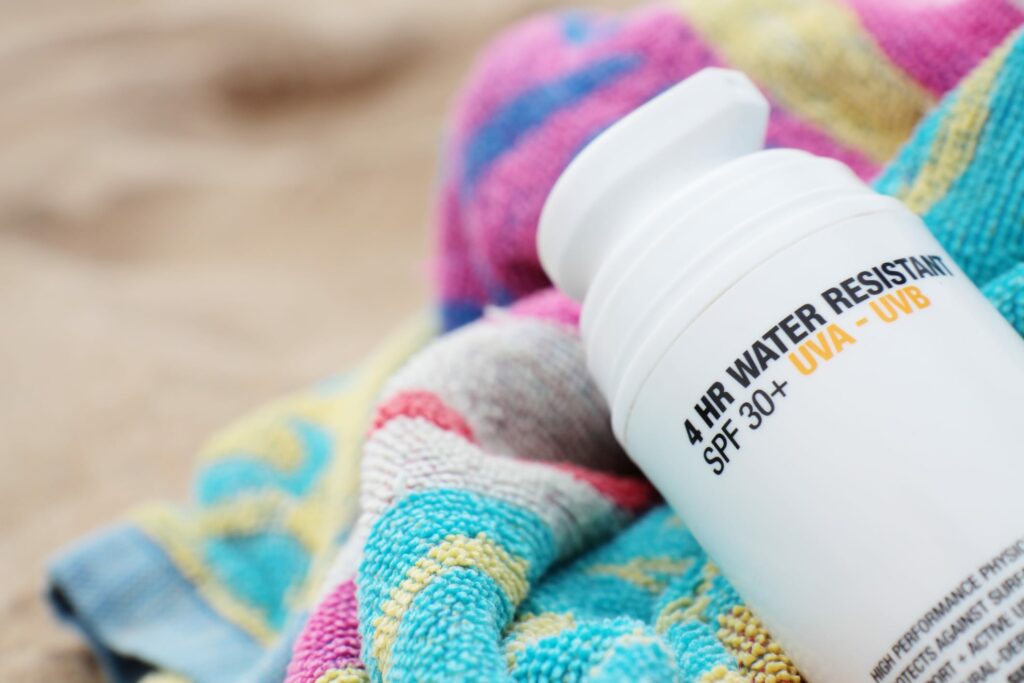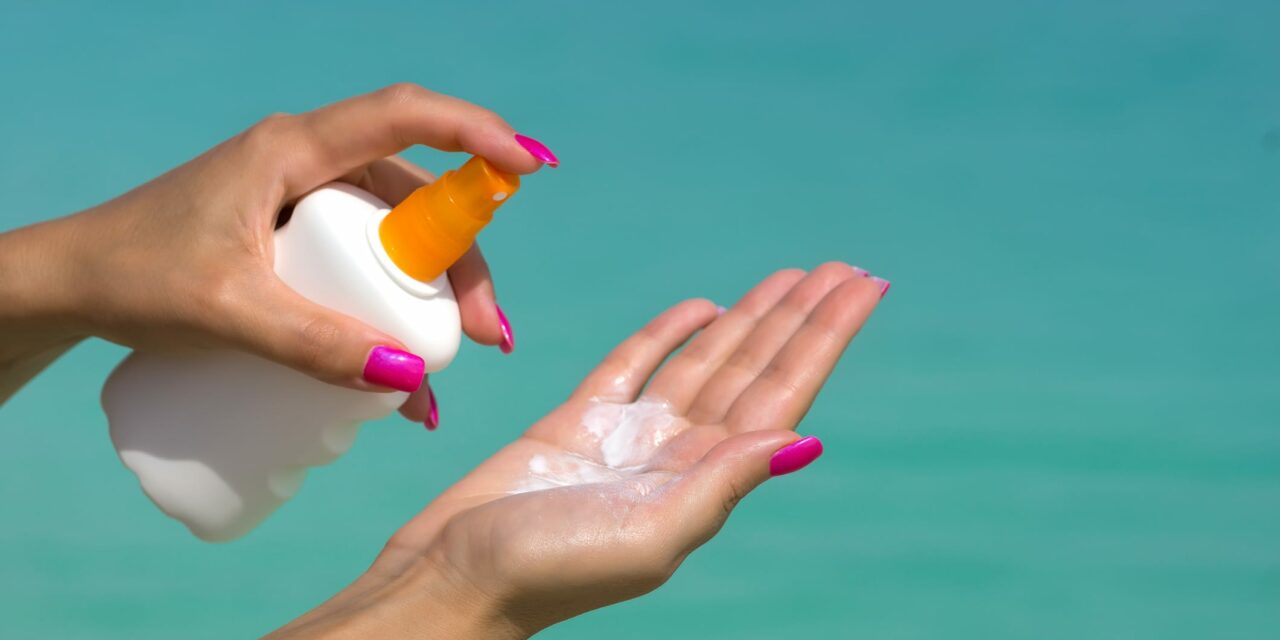Recent advancements in sunscreen formulations offer enhanced UV protection, skincare benefits, and greater suitability for sensitive skin, equipping dermatologists with the latest options for effective sun care.
Sunscreen remains a critical tool in the fight against skin cancer and premature aging, and recent advancements in its formulation are enhancing its effectiveness and user compliance.
This article examines the latest innovations in sunscreen technology, highlighting the new ingredients and features that dermatologists should be aware of to better protect their patients from harmful UV rays.
New Ingredients Enhancing UV Protection
The evolution of sunscreen formulations has introduced new chemical and physical blockers that provide broader UV protection. Recent developments include ingredients like bisoctrizole and bemotrizinol, which offer superior stability and broad-spectrum coverage against both UVA and UVB rays.

Additionally, advancements in nanoparticle technology have improved the feel and transparency of physical sunscreens, addressing past concerns about the aesthetic appeal of these products, especially important for encouraging regular use among patients.
Integration of Skincare Benefits
Modern sunscreens are not only focused on protection but also on enhancing skin health. Many products now include antioxidants such as vitamins C and E, which combat free radical damage, and niacinamide, which supports the skin barrier.

These ingredients help prevent photodamage while providing anti-aging benefits. Dermatologists can guide their patients toward products that align with their specific skin care needs, potentially increasing the likelihood of consistent use.
Improved Formulations for Sensitive Skin
Recognizing the challenge of sunscreen irritation, especially for patients with sensitive skin, manufacturers have developed formulations that minimize allergens and irritants. New mineral-based sunscreens use refined zinc oxide and titanium dioxide that are less likely to cause skin reactions.
Additionally, the removal of fragrances and parabens and the inclusion of soothing ingredients like aloe vera and oatmeal help enhance skin tolerance.
Water Resistance and Durability
Advances in water resistance are critical for sunscreens aimed at active individuals or those exposed to water activities. New formulations maintain their SPF protection for longer periods when in contact with water or sweat, a development achieved through improved film-forming technologies that adhere better to the skin.

Dermatologists should consider these factors when recommending sunscreens to patients with active lifestyles.
Regulatory Changes and Labeling Updates
Dermatologists must also stay informed about regulatory changes affecting sunscreen products. Recent FDA proposals aim to update sunscreen regulations, including the reevaluation of active ingredients for safety and efficacy. Understanding these changes will help dermatologists provide up-to-date advice on the safest and most effective sunscreens.
With the ongoing advancements in sunscreen technology, dermatologists have an ever-expanding arsenal of options to offer patients for both protection and skin health. Staying informed about these developments is essential for providing the best possible care and recommendations in sun protection.
Photo 75309205 © Gawriloff | Dreamstime.com



